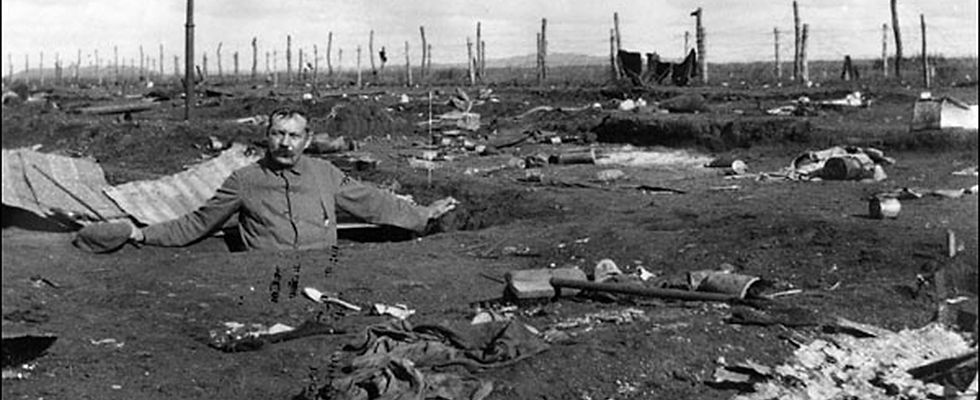
Real Life Characters
SIR ARTHUR CONAN DOYLE above, Africa 1900
‘BREAKER’ MORANT
TUBBIE TERRIER
Sir ARTHUR CONAN DOYLE (1859-1930) was a prolific writer of fiction, non-fiction, plays and poetry, best known as the creator of the detective, Sherlock Holmes. He was also a medical practitioner who treated enteric fever (typhoid) patients among the Boer War wounded at Bloemfontein in South Africa in 1900.
HARRY CHAUVEL
Harry Chauvel was an Australian army officer who served in Chauvel’s Mounted during the 2nd Boer War. During World War One, he took command of the 1st Light Horse Brigade, including the 2nd Light Horse Regiment, in mid August 1914.
TUBBIE TERRIER was the son of a Kalkadoon chief and a rare survivor of the massacre of his tribe at Battle Mountain in north-west Queensland in 1884. Tubbie Terrier was not one of the black trackers invited by Lord Kitchener to chase Boer commandos in South Africa and marooned there after the Australian colonies became a nation. It appears that he lived at Barambah/Cherbourg for a time before he died in 1930 in Cloncurry, not far from where his people were massacred.
In A Fatal Tide, he is portrayed as the stepfather of the fictional character, Snow, who served in the 2nd Light Horse Regiment at Gallipoli. Hundreds of Aborigines served their country in the First World War, mainly in the Middle East or France, and some served at Gallipoli. Read more about Indigenous Servicemen here.
Lieutenant “Breaker” Morant of the irregular mounted unit, the Bushveldt Carbineers, was tasked with suppressing Boer guerilla fighters in the Spelonken region of South Africa during the second Boer War of 1899-1902. Along with his comrade Peter Handcock, he was executed by a firing squad of the British Imperial Army in 1902 after a court martial found them guilty of murder.
To this day Morant remains the subject of intense controversy, in particular that he was following specific orders and did not receive a fair trial at the hands of British military authorities. A political and legal campaign to overturn the convictions of Morant and his fellow officers is being waged by Melbourne lawyer, James Unkles. See http://breakermorant.com
LORD KITCHENER
ALFRED 'BULALA' TAYLOR
AUBREY HERBERT
Lord Kitchener of Khartoum (1850-1916) became famous for winning the Battle of Omdurman in 1898, and went on to command British forces fighting the Boers in South Africa. At the start of WW1, he became the Secretary of State for War, whose picture appeared on the Your Country Needs You recruitment posters. He supported Winston Churchill’s Gallipoli campaign, and eventually recommended the evacuation of the Anzacs and their allies.
STEPHEN MIDGLEY
During the Boer War, Stephen Midgley (1871- 1854) served in the 2nd Queensland Mounted Infantry and later in the Bushveldt Carbineers. As Major Midgley, he commanded A Squadron of the 5th Light Horse on Gallipoli. Cited for gallantry, he was amongst the last to leave during the evacuation.
Captain Alfred Taylor, a British officer resident in South Africa, was charged with murdering prisoners during the Boer war. Known as Bulala, which is Zulu for killer, or slayer, he was an intelligence officer in the Spelonken region. He was found to have directed BVC officers to shoot prisoners, but at his court martial he managed to avoid conviction. Taylor died in 1941 at his farm near Plumtree in modern-day Zimbabwe.
BILLY SING
Billy Sing (1886-1943) was best known as a sniper on Gallipoli, with an unofficial tally of some 300 enemy soldiers. Wounded at Gallipoli and later on the Western Front, Sing survived the war and took up gold mining and farming upon his return, only to die alone and in poverty in Brisbane during WW2.
Aubrey Herbert (1880-1923) was a brave and resourceful British soldier, diplomat, MP, intelligence officer and interpreter, twice offered the throne of Albania. In the first year of WW1, he was seriously wounded in France, and while working as an interpreter for General Godley on Gallipoli he helped arrange the ceasefire with the Turks in May 1915.


